Editor's Note: This article comes fromDappReview(ID:dappreview), Author: DR Little Partner, reprinted by Odaily with authorization.
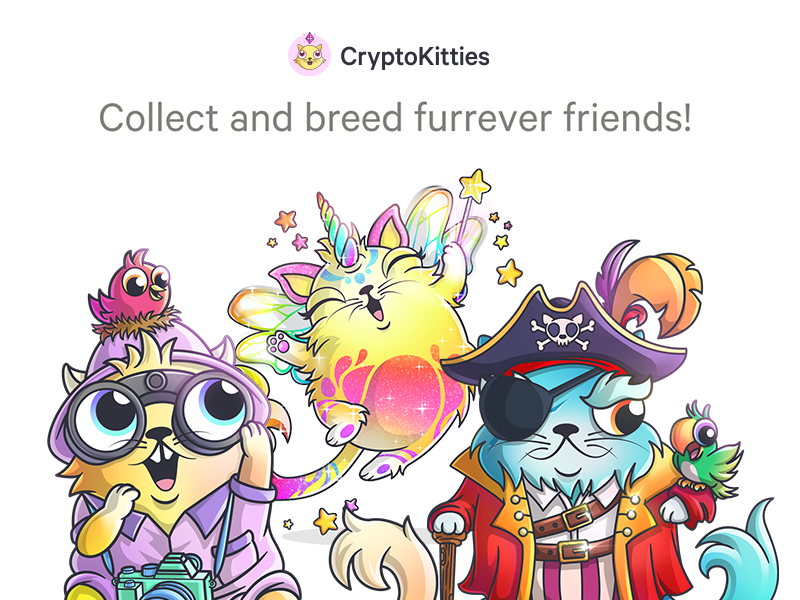
Editor's Note: This article comes from
, Author: DR Little Partner, reprinted by Odaily with authorization.
Vincent:Guide: Speaking of "Crypto Kitty", this name can be said to be known to everyone in the blockchain circle. This game that blocked Ethereum as soon as it went online at the end of 2017 once showed everyone the imagination of Dapp and the potential of NFT. charm. In the past two years, there have been a series of news about Cheese Wizard, Dapper Wallet, cooperation with NBA and UFC, huge financing, and Flow public chain. As the team behind it - Dapper Labs, what exactly do they want to do? What is the logic behind this series of operations? This time DappReview interviewed Roham Gharegozlou, the founder and CEO of Dapper Labs. Through this nearly 10,000-word interview, we can get a glimpse of it.
Roham:The following is the full text of the interview between DappReview CEO Vincent and Dapper Labs CEO Roham, translated and edited by DappReview.
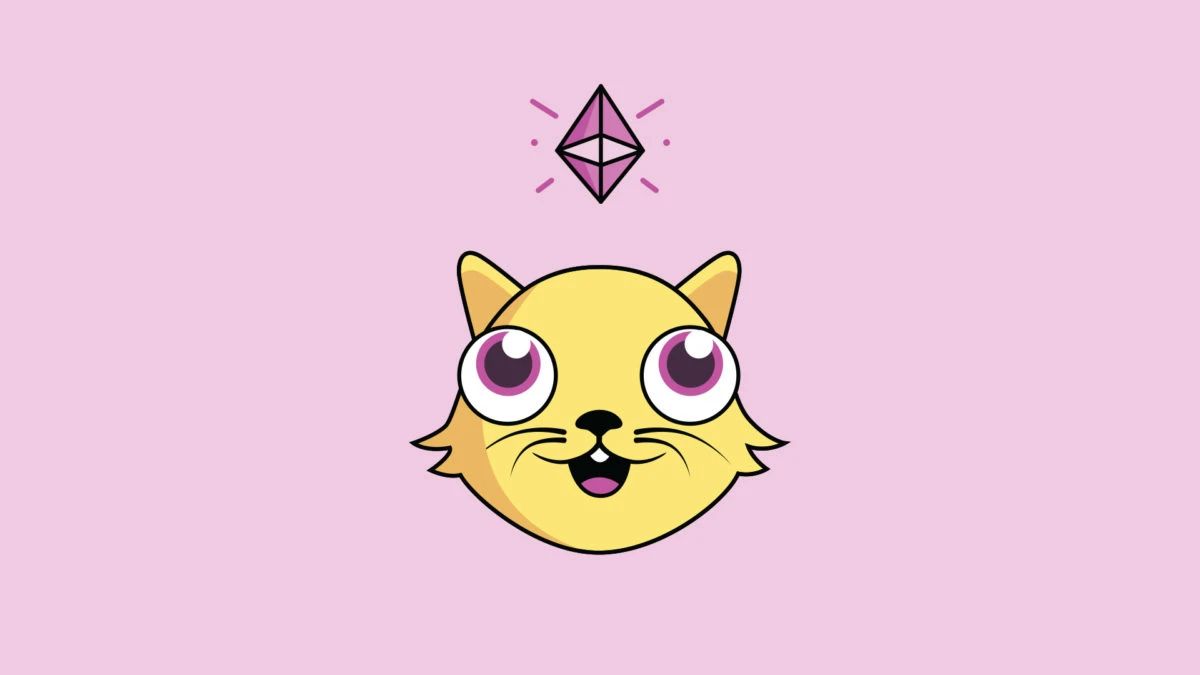
Let's start with "Encryption Kitties" (Editor's Note, the official translation of CryptoKitties is "Mystery Love Cat", but players often use "Encryption Kitties"). At the end of 2017, "Crypto Kitties" began to spread virally around the world, attracting countless players to collect, breed and trade these cute kittens, becoming the first phenomenal dapp. My friends and I spent hours poring over DNA data to figure out how to breed expensive kittens. We figured out some ground rules and successfully bred Santa kittens, selling them for some ETH. The success of "Crypto Kittens" is not only because of these cute kittens, but actually because this is the concept of NFT, or the first time that ERC-721 tokens have appeared to the public. So what is the story behind "Encryption Kitties" and ERC-721? How did you come up with this idea and successfully realize it?
ERC-721 is an NFT standard. Our CTO, Dieter Shirley, set the standard even before we started working on CryptoKitties. We realize that most assets in the real world are non-fungible: they are unique, independent and private to their owners. Only money and some other commodities are homogeneous. Whether we talk about artwork, real estate, or in-game assets, everyone’s favorite is undoubtedly non-homogeneous assets.
Our goal in making CryptoKitties is to make a case for NFTs and prove that blockchain can be applied outside of the field of decentralized finance. We believe in the future of DeFi, but we also want to show the world that besides speculation and finance, encrypted tokens have more practical uses. Turns out we were right. People from all walks of life were attracted to CryptoKitties and quickly understood the value that blockchain brought to the experience: assets that are always yours, the scarcity of digital assets, and a global trading market.
Vincent:The first person to come up with the concept of “blockchain cats” was our Chief Creative Officer, Mack Flavelle: We know cats rule the internet, so it makes sense that they will eventually break into the blockchain. Throughout the summer of 2017, we had only a small team to shape the prototype of the smart contract for CryptoKitties. We released the initial prototype at the EthGlobal Event in Waterloo, which caused quite a stir, causing us to recruit dozens of people to the team almost overnight, and completed it in less than a month Most of the graphics and UI design.
Roham:It’s worth noting that the original idea for CryptoKitties came from Axiom Zen, the award-winning startup studio that my brother Sam and I started in 2012. That's why we were able to scale the team size very quickly.
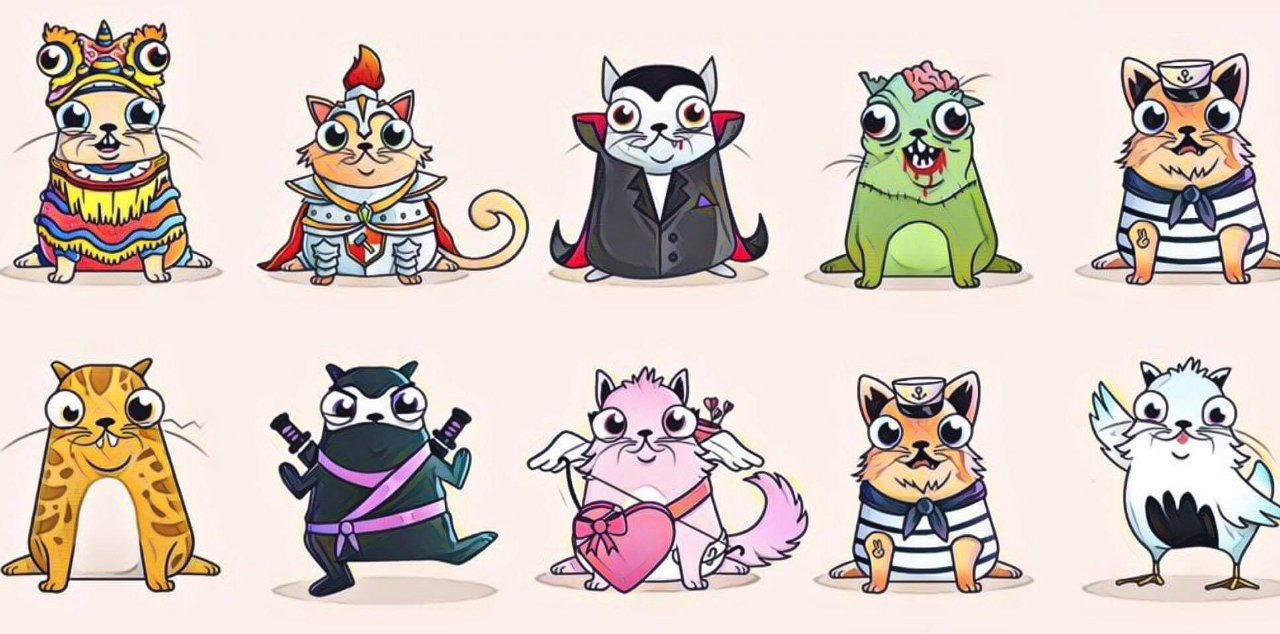
So why later spun off the team from Axiom Zen?
The successful "experiment" of CryptoKitties and NFT has had an exciting impact on the cryptocurrency community as well as the mainstream game, music and art communities, and let us deeply feel the expectations of mainstream users and entrepreneurs for this distinctive experience . But every time CryptoKitties hits thousands of users, we hit a technical bottleneck. Poor user experience design costs us directly: this is because the infrastructure is not ready for the mainstream user market. Therefore, we decided to focus most of our team's future energy on developing blockchain infrastructure and killer application development and commercialization. We now have nearly 100 full-time employees, which may be considered a small company in China, but we are one of the largest and most dedicated independent teams in the world outside of China researching blockchain development platforms and dApps.
Vincent:Our new company, Dapper Labs, raised capital from the best investors in the world and started building our own blockchain infrastructure in 2018.
Roham:Our plan is to start from the user experience we want to achieve, and go all the way technically in our way until our needs are met. Two years later, we are about to launch Flow, a platform we believe will be a game-changer for crypto applications.
When you launched CryptoKitties, did you imagine that the game would reach such a scale, attract hundreds of thousands of people, and breed millions of kittens in it? Or did you guys just think it was a good idea worth trying?
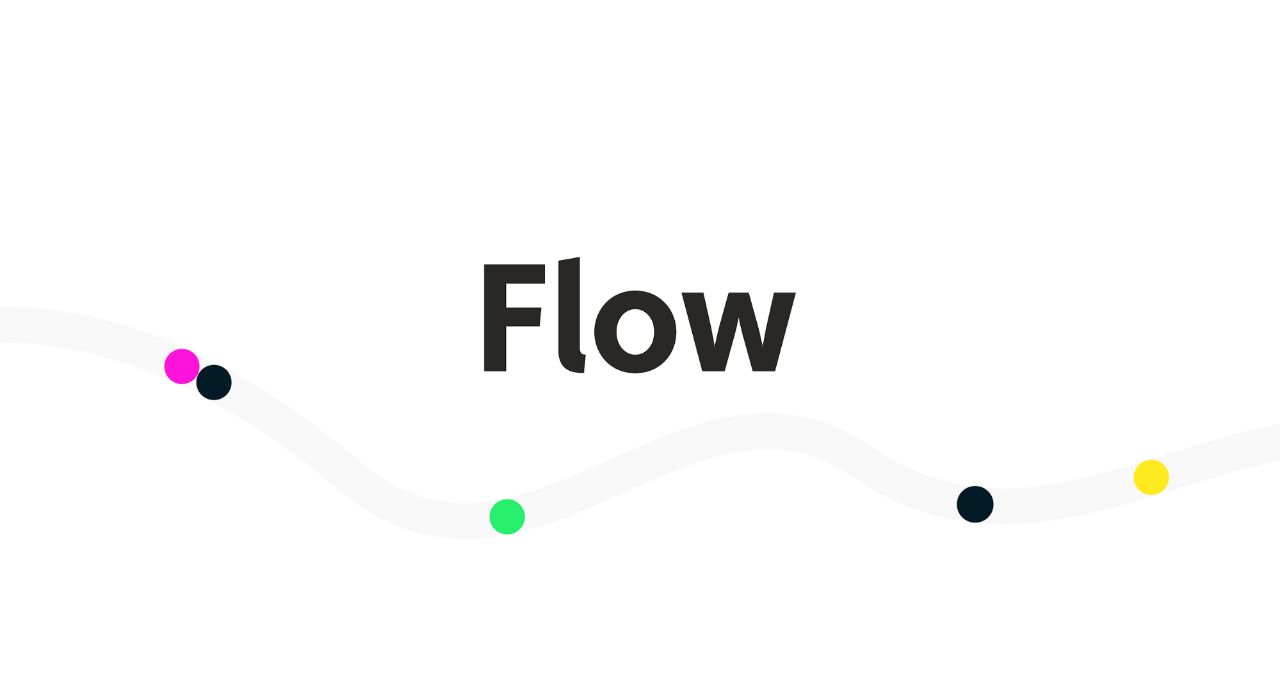
We've been following the development of the game very closely, so we knew from our first internal playthrough that we'd built something really cool. We put a lot of effort into the initial release at EthWaterloo, and it all paid off: the community clearly loved the game at the time, gave us a lot of great feedback, and made us excited for the launch to be successful. confidence.
Vincent:Of course, to be honest, we really didn't expect CryptoKitties to become the most well-known brand in the encryption field after Bitcoin. We knew we would attract a lot of old players in the crypto space, but we were surprised by how much CryptoKitties resonated with people from all walks of life. We've had the ability to educate a wide variety of people (and large players) about crypto and get them interested in decentralization, even if they have no interest in the financial implications of cryptocurrencies.
Roham: We are very grateful and happy for the fans' love. We have a responsibility to bring this brand into the mainstream world. And on Flow, CryptoKitties will reveal its full potential (yes, our CryptoKitties will return to you with a brand new experience in the near future).
A year after CryptoKitties launched, you introduced us to Dapper Labs in a Medium article. In the past year, we have also heard a lot of good news, such as a16z and USV leading the financing of 12 million US dollars, and the kittyVerse project. Other than that, what are you mainly doing. How do you position the CryptoKitties project when discussing other long-term projects within the company?
We started the technical development of Flow very early.
CryptoKitties was launched in December 2017. We realized after a few weeks that the limitations of Ethereum prevented us from building a stable business model with CryptoKitties. We also know that failing on other chains is an existential risk for us.
That's why we're moving CryptoKitties to an independently formed company, Dapper Labs, and getting funding from USV and a16z. Dapper Labs was announced in March 2018, although it wasn't called that at the time.
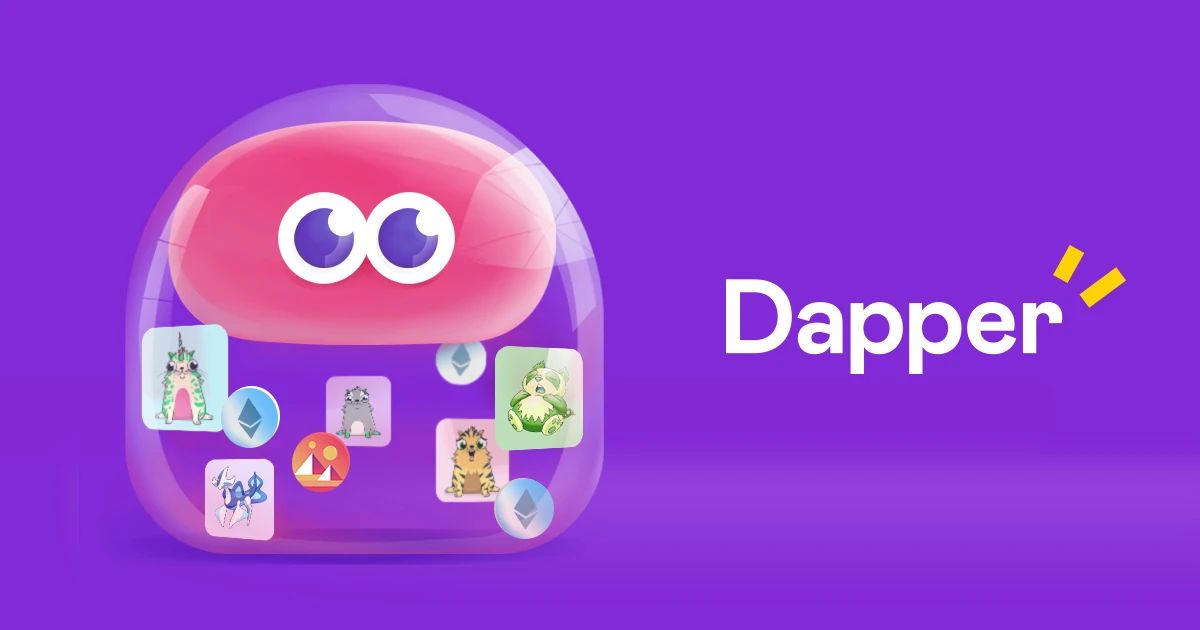
Within a few months, we learned what Flow's core job is: separating consensus and computation. Two months after founding Dapper Labs, we filed for a provisional patent in May 2018. We then spent a year validating our initial understanding with our academic research advisor (who was also my Stanford advisor) and completing the structure of the blockchain concept.
During that time, we were constantly running experiments on Ethereum to test and learn with real players. We keep CryptoKitties alive by focusing on a small community of niche but real players and fans, not speculators. The CryptoKitties smart contract has been the most active on Ethereum every year since its launch. In 2019, we executed more than 2 million on-chain transactions, more than any C-side Dapp.
Vincent:We also launched the first C-side smart contract wallet in early 2019, Dapper wallet, which allows users to hold assets and trade in cryptocurrencies without worrying about the loss of mnemonic words or private keys. Dapper wallet has over 25,000 users on Android and Chrome. This is also a test and verification of our user experience.
Roham: Most importantly, we have in-depth discussions with several of the most important household brands in the world, about how to implement encryption technology and blockchain technology in product experience, and bring their hundreds of millions of fans into the world, We have a deeper understanding and a more tangible plan than anyone on the technical side, and we've worked with some of the top teams in the crypto space to understand what developers need to ensure Flow is developed for everyone (not just us) platform. The well-known brands that have been announced include NBA, UFC and Warner Music, etc.
Throughout 2018, many projects tried to replicate the success of CryptoKitties, and most of them were essentially Ponzi schemes, such as I think, like crypto countries, crypto celebrities, etc. You buy a worthless NFT and sell it at a higher price to make a profit. People exaggerate the value of on-chain assets with uniqueness, true ownership, and transparency. As the team and early adopters who drafted the ERC-721 standard, you must have a better understanding of the nature of blockchain assets than most people. So how do you think about the development of NFT in fields such as games and artworks. And has your thinking changed before, especially in the past 2 years?
First of all, I have to agree with you that after CryptoKitties, many "fast follower" projects are just undermining the value of the blockchain. Their products are simple, and their consumers are smart enough to quickly learn from real players that these are scams. Unfortunately, CryptoKitties also proved to the world that the scalability of ETH is extremely limited, which also deters many big manufacturers who are serious about making achievements in the blockchain field.
Gaming and exchanges remain mainstream on ETH, but their success is still limited by scalability and high transaction costs. We’ve been impressed by some amazing hobbyist communities on ETH, and some indie game development teams have created some sticky products. More recently, for example, projects like Avastars have set new standards for on-chain data validity for NFTs, and artists like Josie Bellini have similarly wowed collectors.
Vincent:The future of NFT should not be a niche, difficult user experience, but the most advanced games and applications used by consumers today. We believe that NFT will eventually be combined with social products such as Twitter and Douyin, or with their decentralized versions.
Roham: In the long run, if art, games, and collectibles want to be successful, what they need is a low-cost, low-latency, high-throughput, and development-friendly platform. This is the purpose of our creation of Flow. Consumers expect high-quality user experience and low volatility prices, so they will introduce these products to their friends. When something works well for consumers, it quickly attracts millions of users.
In May 2019, you released the Dapper wallet and a new game, CheezeWizards. It came as a surprise to many that Dapper Labs started developing some infrastructure products like crypto wallets rather than just apps. But if we go back to when you first introduced Dapper Labs, you mentioned that one of your goals was to "accelerate the development of infrastructure and tooling to help more participants join the overall ecosystem". Wallets obviously play a big part in this. Moreover, Dapper wallet provides users with a completely different experience in blockchain interaction and account management. Is there a story behind such a design? And what are your plans for the future of Dapper wallet? How will it fit into Flow's economic system?
Vincent:We had to develop Dapper wallet on ETH. We want to make it easier for players to open CryptoKitties and our other products. From clearer onboarding to paying gas fees for users, we've been working hard to find ways to make on-chain interactions easier. We also learned a lot through the process of building a Dapper wallet on Ethereum. These learnings will play an important role in how users join the Flow experience. Usually, we learn as we develop. We don't like theory, we like trying things out in real life. Dapper wallet is both good for consumers and for us to learn from it. Thanks to Dapper, all applications can be easily launched on Flow. To be successful, Dapps must feel safe and familiar to mainstream consumers, while also delivering the benefits of decentralization.
Roham: Having said that, Dapper Labs has always had the DNA of developing infrastructure type products: we have launched products such as ZenHub (one of the most popular developer collaboration solutions in the world) and Routific, the leading routing API platform. Another Dapper Labs co-founder, Mik Naayem, was formerly the founder and CEO of Fuel Powered, a live-action platform for mobile games that grew to 225 million users before he quit in 2016. Dapper Labs' engineering team also has experience developing blockchain projects such as Bitcoin, ETH, R3 Corda, and Quantstamp, as well as building mission-critical infrastructure for companies such as Apple, Microsoft, and Akamai.
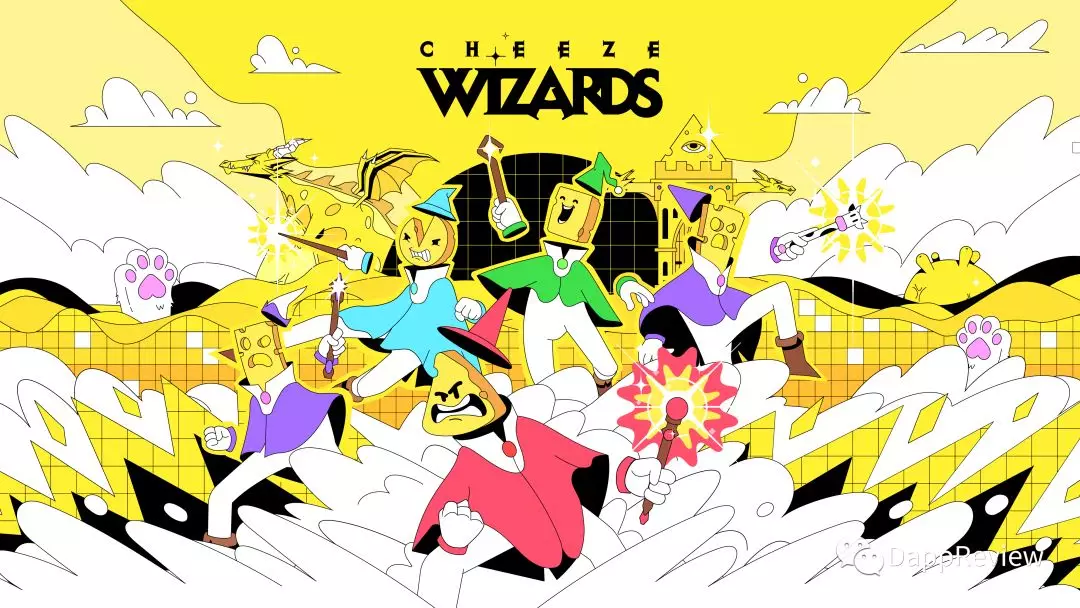
Regarding CheezeWizards, what was the original intention of developing this game? It seems to me more like a social experiment than a real game. To be honest, user engagement is much lower compared to CryptoKitties. Did CheezeWizards live up to your expectations?
Vincent:We like to learn by doing, so when we wanted to try a new kind of game different from CryptoKitties, we started doing it. We want to continue to develop products with great artistic significance and keep players entertained. We feel like we did it. We love wizard culture. Whenever we go to an event, people ask us what's next for Cheeze Wizards. Players who participate in the game are actually very active.
Roham: We also want to make a good PvP tournament game, which is more difficult of course. Cheeze Wizards pushed Ethereum to its limits in a different way than CryptoKitties: the smart contract size ended up being just 20 bytes less than the EVM (Ethereum Virtual Machine) limit. Due to scalability and latency issues, we had to set specific times for tournament play, which made it difficult for people to play across time zones. This was an important experience, as we learned that our players are all over the world, and we now have a better understanding of how to build a great gaming experience in different time zones.
Next, in CryptoKitties and CheezeWizard, two games created by Dapper Labs, what was proved to be true and what was proved to be wrong? (It can also be some guesses or expectations when you created the game)
We started out thinking that people would want to play blockchain games, and that has proven to be true. They value the benefits of crypto, even if they are not fans of cryptocurrencies. We also proved that people would be willing to pay extra to "have their fun". True ownership changes the way people look at their investment in fun and increases their emotional connection to the game.
Vincent:Users spend 10-100 times more on NFT assets than ordinary digital assets, because NFT guarantees authenticity, scarcity, and true ownership, which in turn indicate that NFT assets are tradable. As an owner, I can sell my property anytime I choose. Even without the Cat 0 sales, CryptoKitties ARPDAU is $2-3 (it was $13+ during the Cat 0 sale), while most mobile games are $0.05-0.40.
Roham: Blockchain games also have an amazing longevity. For example, CryptoKitties on ETH was originally designed as a one-year experience: we introduced new genes in the sale of generation 0 cats, and the last batch was sold in December 2018. Even so, CryptoKitties remains one of the largest brands and communities in the blockchain world, with over 2 million transactions in 2019 alone and an average spend of nearly $200 per paying user.
Indeed, I remember that according to our figures, for card games like Gods Unchained, the average payment amount of players in the blockchain circle is 300 US dollars, and I have also invested hundreds of thousands of dollars in many blockchain games . These have indeed been verified, so what logic is falsified? Or what are the lessons?
Vincent:One obvious mistake we made was how much throughput a blockchain can support. We didn't expect that Ethereum would crash just because a few thousand people were playing CryptoKitties. We also underestimated the difficulty of Solidity and the limitations of the EVM: early on, we tried to maintain as much compatibility as possible before deciding on a new approach.
Roham: On CheezeWizard, we also made the mistake of not building any kind of contract upgrade capability. The community found some bugs that could be easily fixed if we could upgrade our contract. Instead, we had to solve problems in a more complex way, which greatly increased the workload of our team (many emergency meetings and overnight overtime).
Now let's get to the most exciting part - Flow, the blockchain project you are building. I don't want to go into technical details here. Flow's website has 3 very detailed technical papers discussing core architecture such as split consensus, block composition, etc. I'm more interested in when and how did the Flow Protocol idea come about?
Flow was born almost at the same time as CryptoKitties due to the network congestion we caused. If a few thousand users can paralyze the network of our application, then we cannot ignore this platform risk.
Vincent:Within a week or two of launching CryptoKitties, we knew we needed to find a solution to our scalability and usability issues. We did an in-depth study of dozens of blockchains, met with the top teams in the field, and came to the conclusion that we need our own platform.
Roham: Our main concern is that decomposing the network execution state (via sharding, second-layer solutions, or sidechains) would greatly increase the burden on developers. Furthermore, we recognize that a number of critical improvements are needed at the protocol layer, including resource-oriented programming, or human-readable security.
That is to say, after discovering the problem of CryptoKitties blocking Ethereum, you have already had this idea. So how did it land on the back?
Two months after starting the Dapper lab, we filed for a provisional patent in May 2018. We then spent a year validating our initial understanding with our consultants and completing the construction of blockchain concept-related structures. What I want to make clear is that we share the same patent commitment as companies like Red Hat and Tesla: Intellectual property is free and open source for use.
Vincent:After finalizing the core architecture, we built the rest of the Flow blockchain and associated tooling, working closely with the crypto industry's brightest minds and most experienced developers from the gaming, entertainment, and technology worlds. As such, we believe our approach can bring encryption to the mainstream - and feedback from our developer partners has confirmed this. We want to make Flow satisfy everyone's needs, not just our own.
Roham: Since we started working on Flow two years ago, most of our intuitive ideas have been fully validated: the effectiveness of our architecture has been strongly demonstrated through the test network we developed and published research. At the same time, Libra's choice of resource-oriented programming emphasizes the importance of developing smart contracts in this way.
According to our data, even the most popular games or DeFi projects only have 2-3 thousand DAUs. How do you think blockchain applications should get a larger number of users? And how do Dapper Labs and Flow position themselves?
The journey to mass adoption is currently shorter than you might think: consumer behavior changes quickly, and once the right platform exists, millions of developers will join the fray.
Vincent:Current Dapps, games, and DeFi projects are all limited by scalability and usability. Few teams tackle usability problems because they know they won't be able to generate the scale needed to build a long-term stable business. At the same time, most teams working on scalability don't pay enough attention to the user or developer experience.
Roham: The path to bringing blockchain to mainstream adoption will be forged by a team brave enough to start with the customer experience and delve as deep into the technology as possible. That's what we do at Dapper Labs. For the next three months, we'll be working on the killer app. Developers can already test the platform on Playground as part of our private Alpha testing program.
I just tested Playground last week, and it seems that I can get started relatively quickly. I deployed an NFT contract with the provided template, which is very interesting. So what is the core problem of Flow?
Vincent:The first problems that Flow solves are speed, throughput and cost. There are 1.6 billion NBA fans in the world. If CryptoKitties clogs the ETH network, imagine the consequences for NBA fans. Flow was built to support the scale a community should be.
Roham: The second (and arguably more important) problem Flow addresses is related to usability and user login. Mainstream consumers are fascinated by tradable digital assets, but are put off by cumbersome wallets and chrome plugins. They never get to the next stage. We found in the early days of CryptoKitties that 99% of people who got to the MetaMask step stopped there. More accessible blockchain games are needed for mass adoption.

Last year, Dapper Labs and the NBA teamed up to announce the development of NBA Top Shot. A few weeks ago, Dapper Labs partnered with the UFC to help create UFC-branded digital collectibles. NBA and UFC are the most prestigious entertainment IPs in the world. It is really great to let them enter the crypto world and bring fans a new experience of blockchain technology. Will these two products use the features and technology of the Flow blockchain? If so, how will it be applied?
We are very excited to show sports fans what is possible with encryption. The offerings for fans of the NBA and UFC will be very different because the two sports themselves are very different. We will create meaningful experiences for each community, all based on the same fundamental cryptosphere values of true ownership, liquid marketplaces, and an open developer platform.
Flow can make projects like this possible because of its speed, scalability, and low cost, as well as its user-friendliness in terms of usage and onboarding. The legal currency channel makes it easy for users to get started, and the withdrawal allows users to leave the market with real benefits. Once sports fans get a taste of encryption, we think they'll love it.
Vincent:All in all, crypto networks run peer-to-peer software driven by community groups. That's why we go after some of the largest and fastest-growing sports in the world. That's why our other verticals are gaming and music.
Roham: Our partnership with Warner Music Group is not just an investment, but a way to find a deeper connection between artists and fans. We like the concept of connecting digital experiences with real-world rewards that is being discussed now. We hope that one day people will be able to shop digitally to meet their favorite bands!
As an outsider, I see Dapper Labs doing a lot of things, native blockchain games like CryptoKitties and CheezeWizard, Dapper Wallets, Flow's infrastructure protocol, and products with famous IPs. How big is the team? How do you make decisions before launching each product line? Ultimately, how do all the interesting things you guys are building work together as an ecosystem?

We have close to 100 full-time employees as well as some excellent freelancers and consultants who help round out our expertise.
Our team is divided into sub-groups that allow rapid prototyping. These small teams allow us to quickly try new things and then scale out good ideas.
We almost always start with the big idea: What is interesting? What will push the boundaries of possibility? How can we bring blockchain to people who have never experienced its benefits? We have some people doing market research to validate Is there a market for these ideas. We work as fast as possible and share information from all tests so everyone on the team can learn.
Vincent:There is a core group that has been working on the CryptoKitties project. Another fast-growing team is focused on Flow and NBA top shots. Some of us just do prototypes and ideas.
Roham: We also have strong partners in the ecosystem. Other companies such as Opensea, Alchemy, and BlockDaemon have been deeply involved, providing us with valuable feedback on projects such as Flow, and will build some of the earliest tools for the platform. We look forward to expanding our partner network and seeing what experienced developers can bring to Flow.
Thanks to Roham, the above answers are all wonderful, and I learned a lot of background and stories that I didn't know before. So, the last question, what is the usage of Flow's Playground after it goes online? And when will NBA Topshot, which many people care about, be able to debut to players?